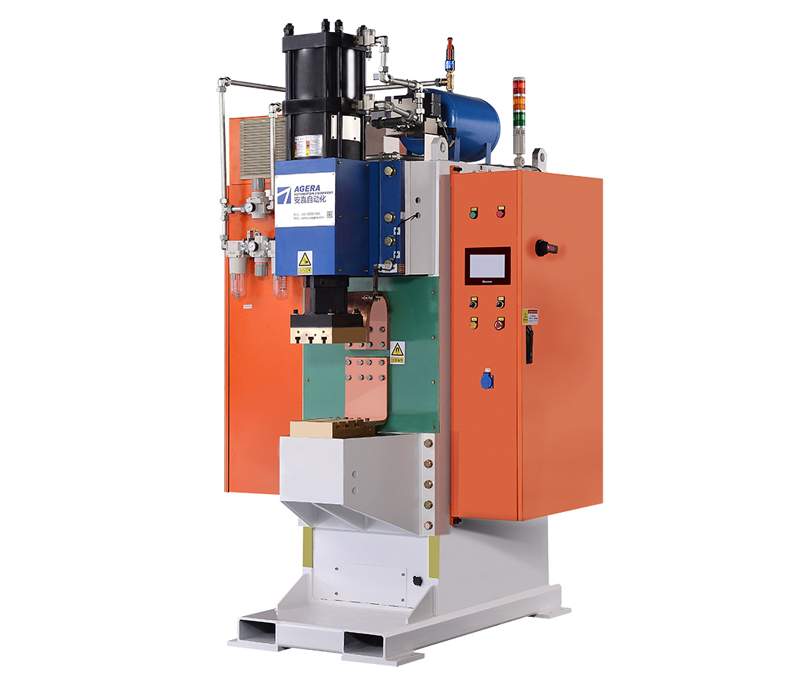Energy storage spot welding machines are widely used in industrial applications for their ability to generate high-intensity welds with precision and efficiency. Understanding the structural characteristics of these machines is crucial for optimizing their performance and ensuring reliable welding operations. This article provides an in-depth analysis of the structural features of energy storage spot welding machines, highlighting their key components and their role in the welding process.
- Power Storage System: One of the distinctive features of energy storage spot welding machines is their power storage system. These machines incorporate capacitors, batteries, or super capacitors to store electrical energy, which is then discharged to create the welding current. The choice of the power storage system depends on factors such as the desired welding capacity, mobility requirements, and charging time. The power storage system plays a critical role in determining the welding performance and efficiency of the machine.
- Welding Control System: Energy storage spot welding machines are equipped with advanced welding control systems that ensure precise and consistent weld quality. These systems include control panels, microprocessors, and programmable logic controllers (PLCs) that regulate the welding parameters such as current, voltage, and duration. The welding control system allows operators to adjust and monitor the welding process, ensuring optimal results and minimizing defects.
- Welding Electrodes: Welding electrodes are essential components of energy storage spot welding machines. They come in various shapes and materials to accommodate different welding applications. The electrodes transmit the welding current to the workpieces, creating localized heat and pressure for the formation of strong welds. The design and material selection of the electrodes depend on factors such as the type of material being welded, desired weld quality, and electrode durability.
- Safety Features: Safety is a crucial aspect of energy storage spot welding machines. These machines are equipped with various safety features to protect operators and prevent accidents. Safety mechanisms such as overload protection, emergency stop buttons, and fault detection systems are integrated into the machine’s structure to ensure safe operation. Additionally, safety shields and interlocking systems are employed to shield operators from sparks, UV radiation, and other hazards associated with the welding process.
- Ergonomic Design: Many energy storage spot welding machines feature an ergonomic design that enhances user comfort and productivity. This includes adjustable welding parameters, user-friendly interfaces, and easy access to key components for maintenance and troubleshooting. The ergonomic design of these machines minimizes operator fatigue, promotes efficient workflow, and contributes to overall operational efficiency.
The structural characteristics of energy storage spot welding machines play a vital role in their performance, reliability, and user-friendliness. The power storage system, welding control system, electrodes, safety features, and ergonomic design are key aspects that determine the machine’s functionality and effectiveness. By understanding these structural features, operators and technicians can make informed decisions regarding machine selection, operation, and maintenance, leading to improved welding outcomes and enhanced productivity in various industrial applications.
Post time: Jun-07-2023



